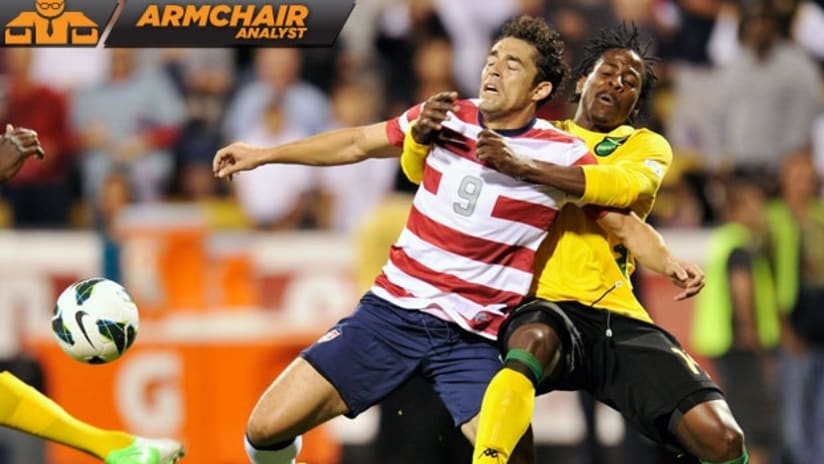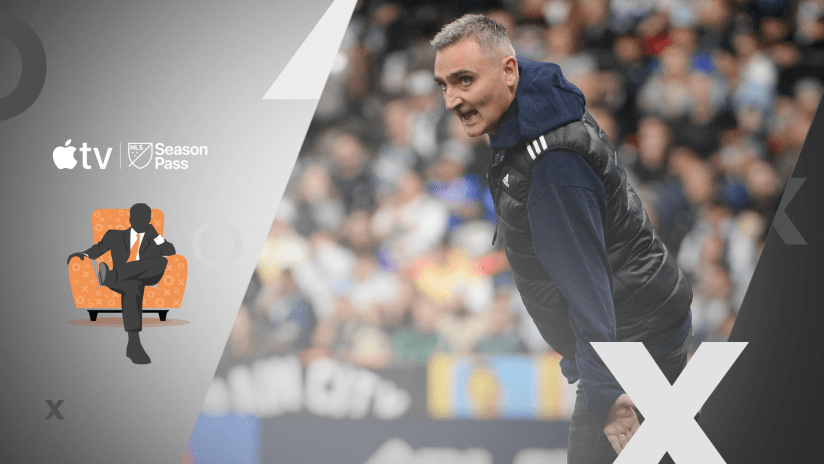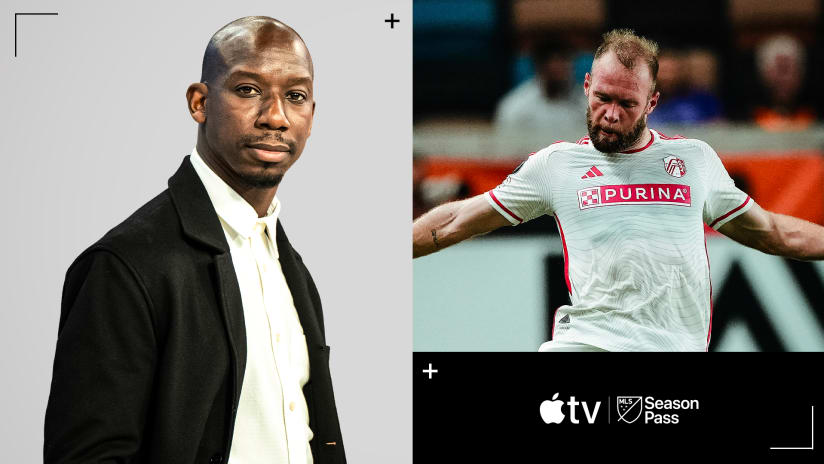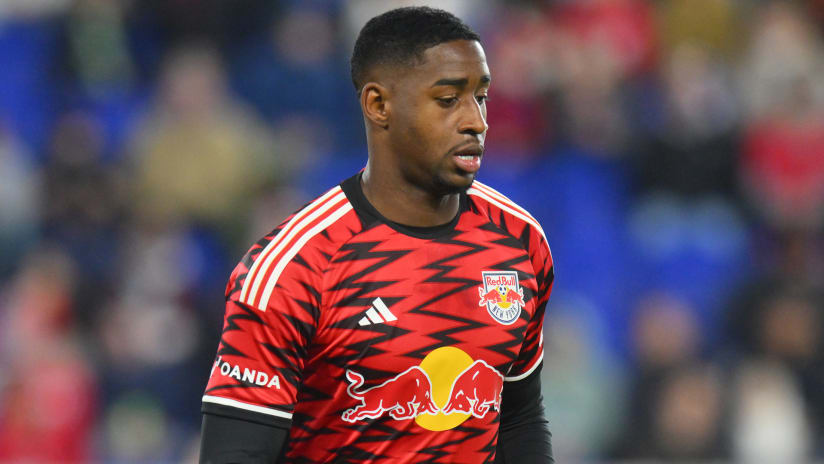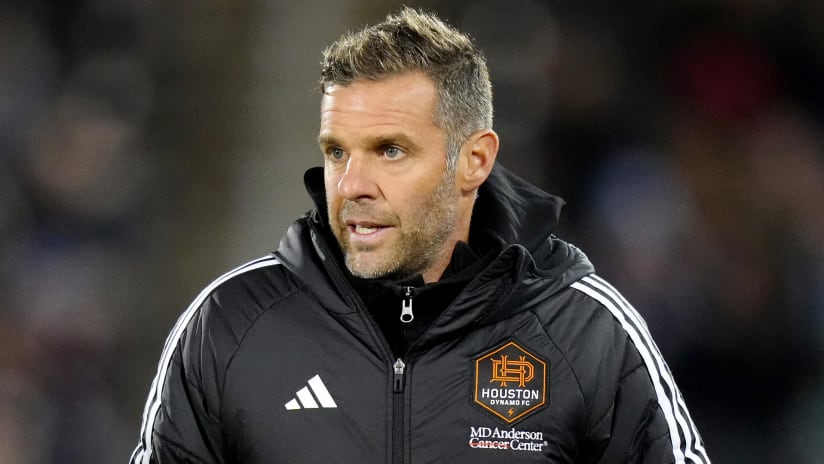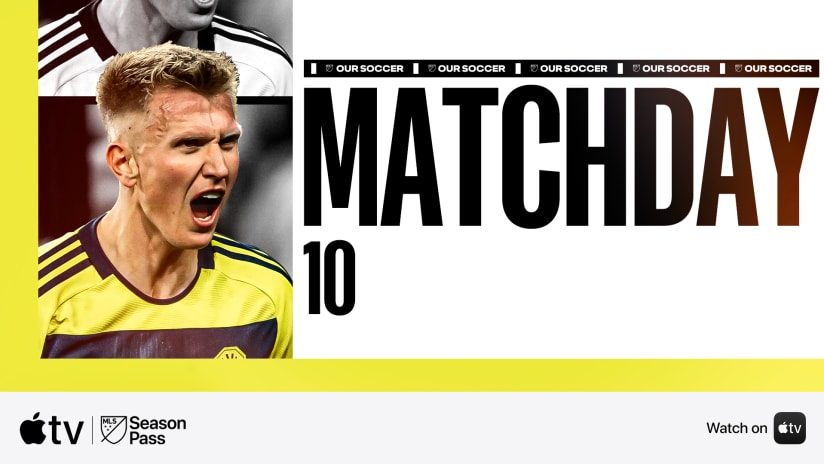"There's a nervousness about the USA just at the moment."
— Ian Darke, ESPN
That was the comment at the 84th minute, and I have to agree with him. The US national team was scattered throughout the end of the game on Tuesday night, and if they want to make it through the rest of qualifying unscathed, they'll have to rectify that.
But here's something: While the US as a whole were nervous and scattered — not a surprise since they were playing with three d-mids by that point, which as we've seen tends to have dire consequences — the back four looked just fine. For as cringe-inducing as the midfield and finishing can be, if the defense holds up (and it largely has since Geoff Cameron was given a starter's role), there's plenty of reason to be confident in US prospects.
Anyway, three more thoughts about the 1-0 win over Jamaica:
Playing with 2 or fewer d-mids sure makes a lot of sense
When Graham Zusi goes forward, he doesn't lose the ball. When Maurice Edu goes forward, he usually does.
Zusi was excellent for his entire shift, and deserves whatever plaudits are going to come his way (and there will be plenty). Edu is a very good player when used in the right spot. But they are not interchangeable.
The other change was playing Jose Torres at left mid (a risk) and Clint Dempsey in a free role underneath Herculez Gomez (common sense). Torres verged between "acceptable" and "pretty damn good" in his time on the pitch, generally performing well in traffic and opening space for Fabian Johnson on the overlap. It wasn't a "make the game yours" role — it was a "make it easier for someone else to make the game his" role. It's nice to see him used right.
Danny Williams did a lot of convincing at d-mid
Kyle Beckerman's taken a lot of undeserved stick over the past few days since Klinsmann put him in a no-win situation.
But the fact is, Beckerman is not a superior athlete. He's a d-mid that's very, very good when his team's in possession, but very, very susceptible to late challenges and being overwhelmed physically when his side's chasing the game. That's what happened Friday.
Williams isn't as polished, but his athleticism makes him a little more versatile, and a little better at snuffing out the screw-ups of others. Beckerman still has a spot, but Williams should probably be the starter at d-mid next month.
Our whole goal as a soccer culture has to be identifying guys like Gomez earlier
I tweeted this during the game, and professional skeptic Greg Lalas pointed out that maybe it's not a shortcoming in our development scheme. Instead, maybe it's a problem with other countries who are liable to give short shrift to late-developing players.
Greg's mostly wrong, of course. The reason being that in other countries, "late developing player" means 21, like Miroslav Klose, or 23, like Didier Drogba, or even 26 like Luca Toni (an outlier).
Gomez got his first look at age 25 — younger than Toni — but didn't get his first real shot until he was 28. And he's not an exception to the rule.
Consider that Geoff Cameron was 26 before he was moved to central defense full-time. Consider that Chris Wondolowski was 27 before he really got his shot in MLS. Consider that Zusi was an afterthought until the age of 25.
Obviously the development academy will help, as wil lthe rising tide (and profile) of the NASL and USL Pro and the expansion of the MLS Reserve League.
But it really can't come fast enough for me. If there's one thing I'm impatient for in US soccer, it's this.

